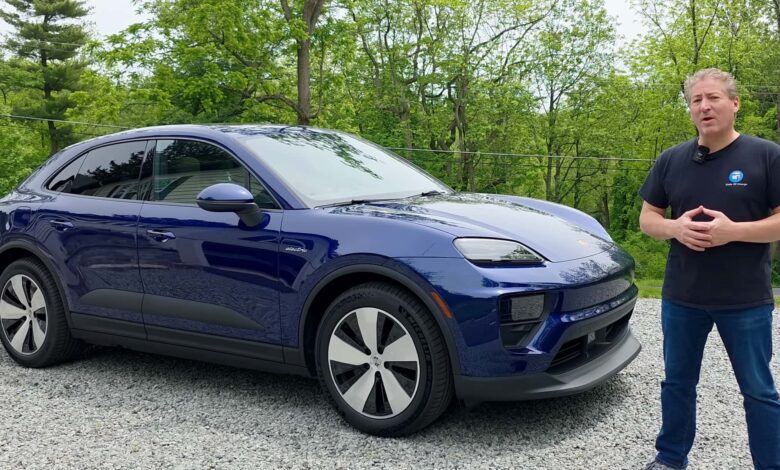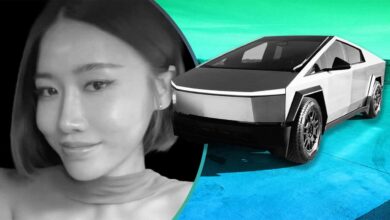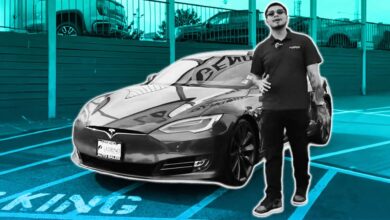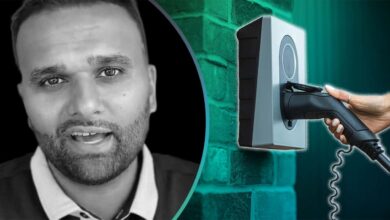Here’s The Difference 10 MPH Makes

- The Porsche Macan EV is very efficient, even with all of its power.
- In a recent range test, it averaged 3 miles/kWh at 80 mph.
- It can also go from 10% to 80% state of change in about 20 minutes.
The Porsche Macan Electric is a very efficient EV. In a 70 mph range test, it beat its EPA estimate by 28 miles, which is always welcome news on any road trip. But to top it off, Porsche’s electric crossover is also quite the charging beast, being capable of taking in 270 kilowatts from a powerful enough DC fast charger.
But what if you’re in a hurry and want to go a little faster? What if you skip the widespread recommendation to go slower in order to drive farther, and set the cruise control to 80 mph? We have an answer to that question thanks to InsideEVs contributor and State of Charge host Tom Moloughney, who took the same Porsche Macan Rear-Wheel Drive on two separate range tests on the New Jersey Turnpike to figure out the difference.
The short answer: It’s complicated. The long answer involves some math, but the key takeaway is that the Macan EV blurs the line between the decision to go slower or faster on a road trip.
Range-wise, the Macan RWD with 20-inch aero wheels went 343 miles on a full charge at 70 mph, resulting in an average energy efficiency of 3.7 miles/kilowatt-hour. At 80 mph, it managed 284 miles on a full battery, averaging 3.0 miles/kWh.
That’s quite a drop, as is the case with most EVs. In general, the way to secure the most range on any road trip—especially when you’re staring down a low battery—is to keep your highway driving around 70 mph or lower. Range drops off precipitously after 70 mph.
That said, charging Porsche’s electric crossover from 10% to 80%, which is the typical charging range on a road trip, takes just 21 minutes–as long as you find a powerful enough DC fast charger that can provide 300 kW.
So, a 14% increase in the cruising speed resulted in a range loss of nearly 59 miles or 17%. Meanwhile, the energy efficiency took a hit of nearly 19% (0.7 miles/kWh)
Time-wise, though, here’s how the Macan EV stands. Driving for three hours at 70 mph will get you 210 miles down the road. Driving the same amount of time at 80 mph will result in 240 miles.
Meanwhile, to travel the remaining 30 miles at 70 mph will take 26 minutes, so the two cars would theoretically meet on the road after the faster EV would finish charging, seeing how the Macan EV can top up very fast. The slower car would still have another 100 miles of range left, though, and the electricity bills would also be lower because the consumption is lower.
If you like to drive faster, the Macan EV will do a great job, but you’ll have to pay more to fill up—like any EV. That said, as more efficient and faster-charging cars hit the road, the old saying that going slower will get you farther will no longer be relevant.
Source link



